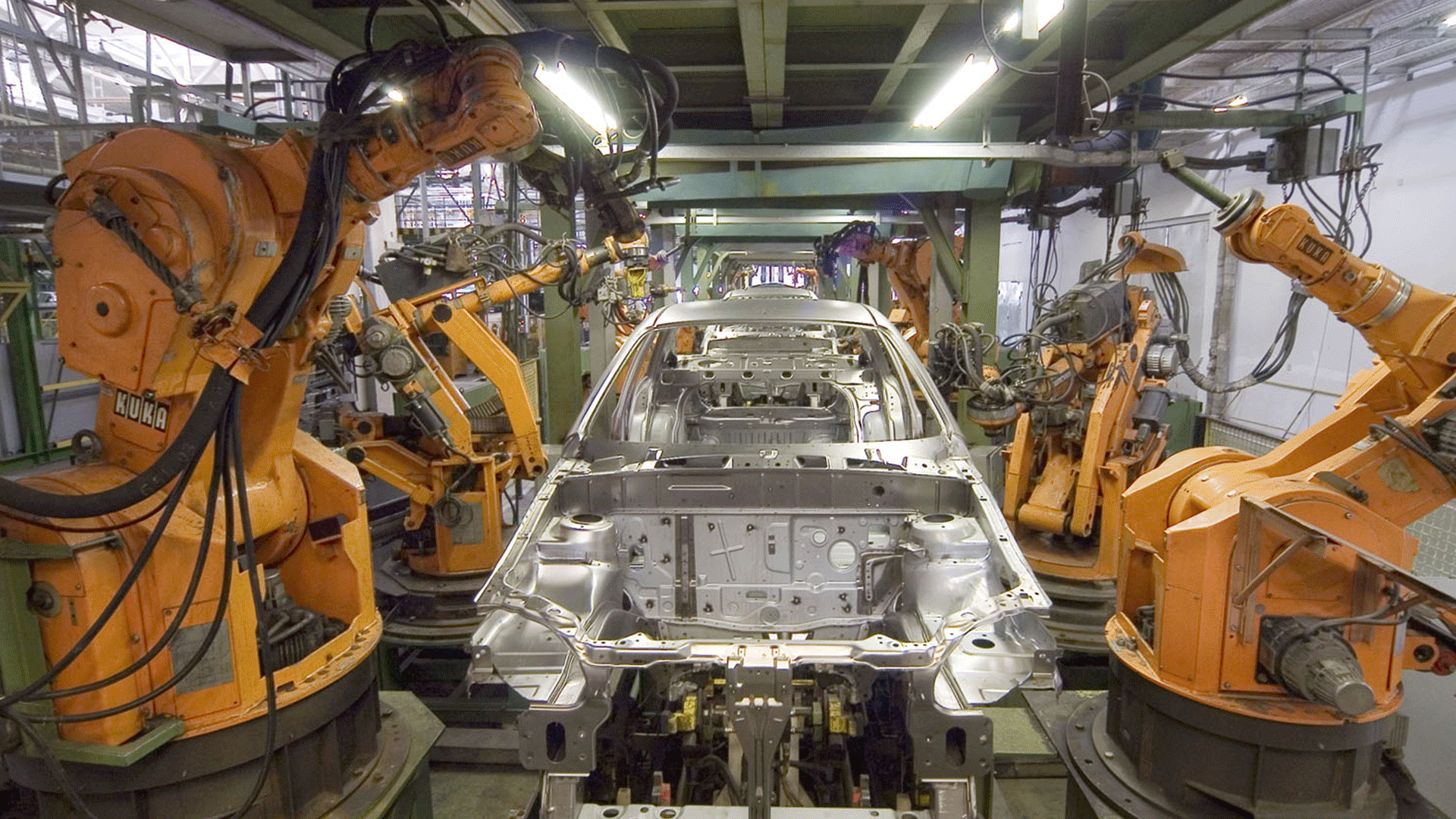Disruptions to the automotive supply chain manifest themselves in many ways. Recent instances include the 2008 Great Recession, recalls due to quality or safety issues, and the current pandemic affecting communities around the globe. While the auto industry remains well-equipped to handle temporal situations, constant challenges within the industry require continuous change in both market and operational strategy.
Old foes with fresh looks
1. Emerging technology and competition
Automakers having been navigating this challenge since the industry’s origin. In fact, one can make the argument they were the initial disruption of the industrial era and have completely revolutionized the way we travel, shop, and engineer our infrastructure, just to name a few examples.
While the industry’s foundations remain firmly rooted in contemporary manufacturing, this has not made it impervious to similar disruption. As new technology such as advanced entertainment options, electric vehicles and automation gain more market share, historical automakers must now invest significant time and money into their own R&D departments to ensure loyal customers remain intact. New forecasts and needed capacity make an already complex supply chain much more challenging to efficiently operate.
2. Changes in buying and driving behavior
As younger, technologically intuitive generations become car buyers, a new experience and methodology for car shopping has emerged. Most car shoppers conduct vast amounts of research before deciding which vehicle to buy at the dealership, while others want the car delivered in an e-commerce fashion. With this is mind, automakers can no longer rely on traditional “brick and mortar” dealerships as their “final” customer and must consider additionally methods for servicing end users.
Furthermore, as more and more individuals rely on ride-share options, personal vehicle ownership is either extending its lifespan or disappearing all together. As a result, automakers need to find new ways to attract new car buyers and potential fleet owners to ensure vehicles sales don’t diminish.
3. New regulations and environmental concerns
Automakers are constantly adjusting manufacturing operations to satisfy new regulations as they are introduced into the industry. These often include advanced safety requirements such as mandatory back-up camera installation or emission standards designed to reduce CO2 levels in densely populated areas. Furthermore, as more cities and countries around the globe enforce higher environmental standards, automakers must remain innovation and flexible in their vehicle designs in order to meet these requirements. This requires the ability to effectively collaborative with upstream suppliers to ensure quality remains intact while bringing new products to market.
Although familiar with these disruptors, automotive manufacturers know these challenges are constantly evolving and require new methodologies and technology solutions to create a resilient and flexible supply chain.
The aticle is written by Ranga Pothula, MD India Sub-continent & SVP Global delivery services, Infor.
